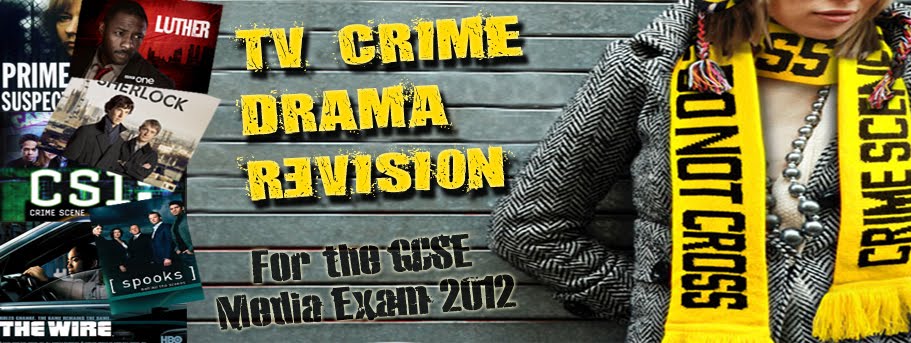
1. Watch lots of different dramas : 1 episode of each Think about what makes them conventional but also slightly different. What is their 'gimmick' or 'USP (Unique selling Point). What is their appeal to different types of audiences.
Watch : DEXTER / NUMB3RS / LIE TO ME / SCOTT & BAILEY and 2 more of you choice (come on its not lke you actually have anything to do for 2 and a half weeks)
Use :
CUEVANA or WATCH SERIES for your totally illegal internet streams
Then complete the booklet below. THIS WORK NEEDS TO BE DONE FOR WHEN YOU GET BACK
Easter Revision
ALSO those of you who are still flopping your media life and still have a D or below for your coursework you have until the wednesday we get back to improve it for the final time...





